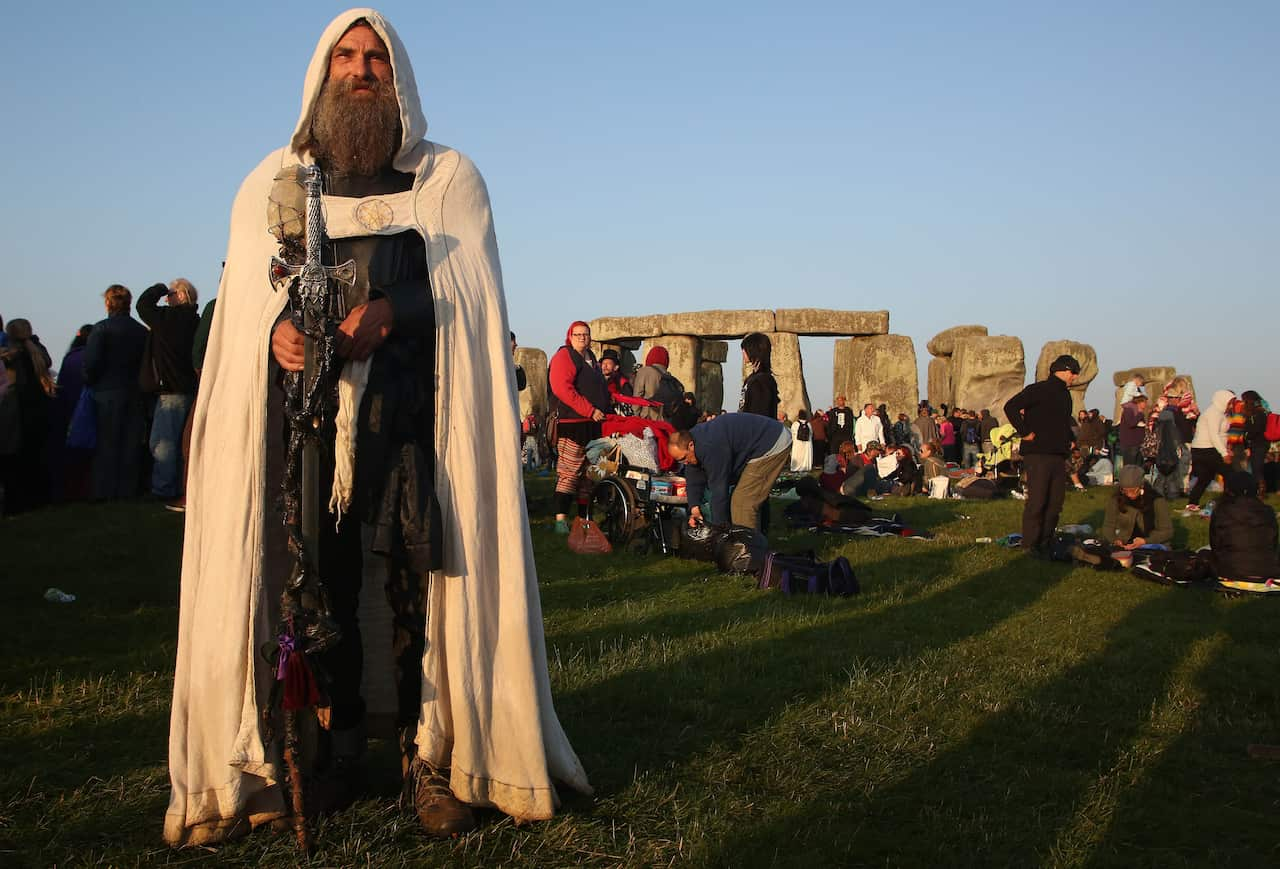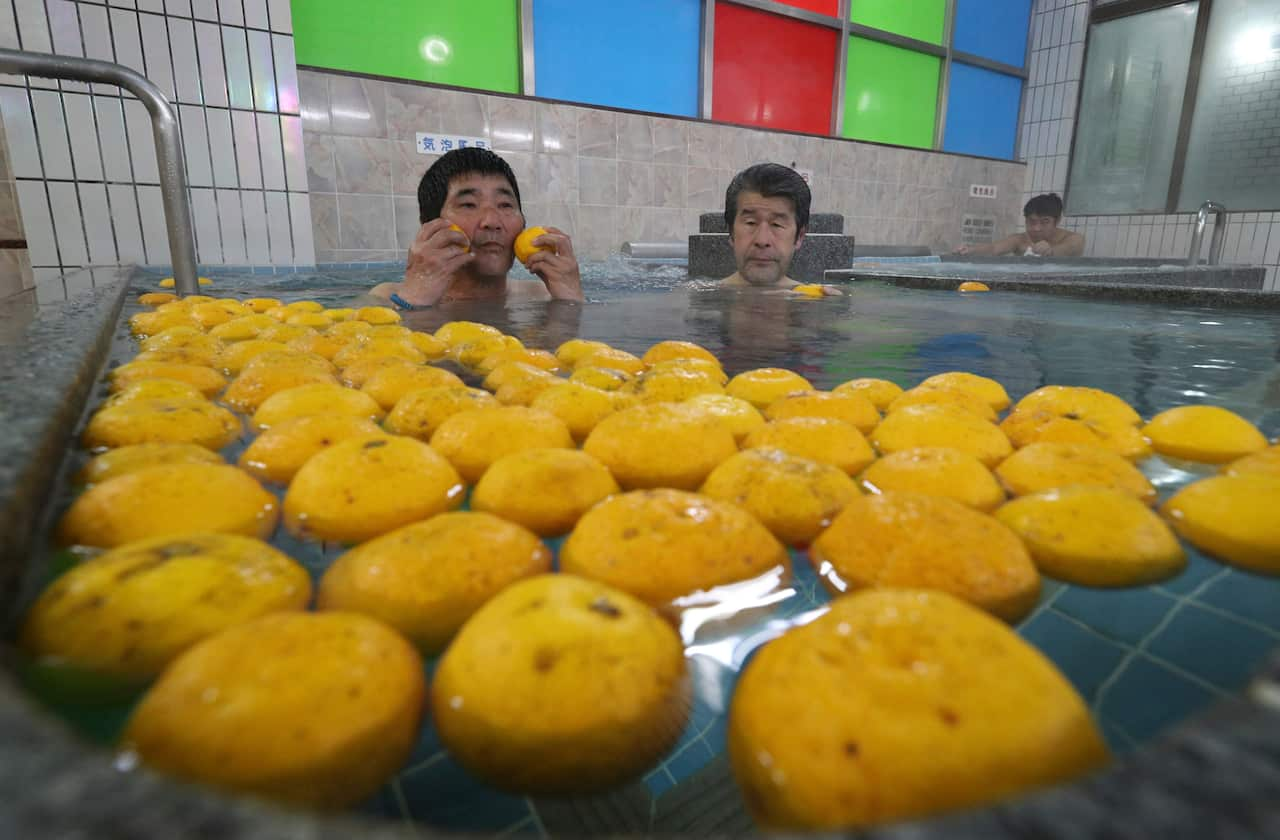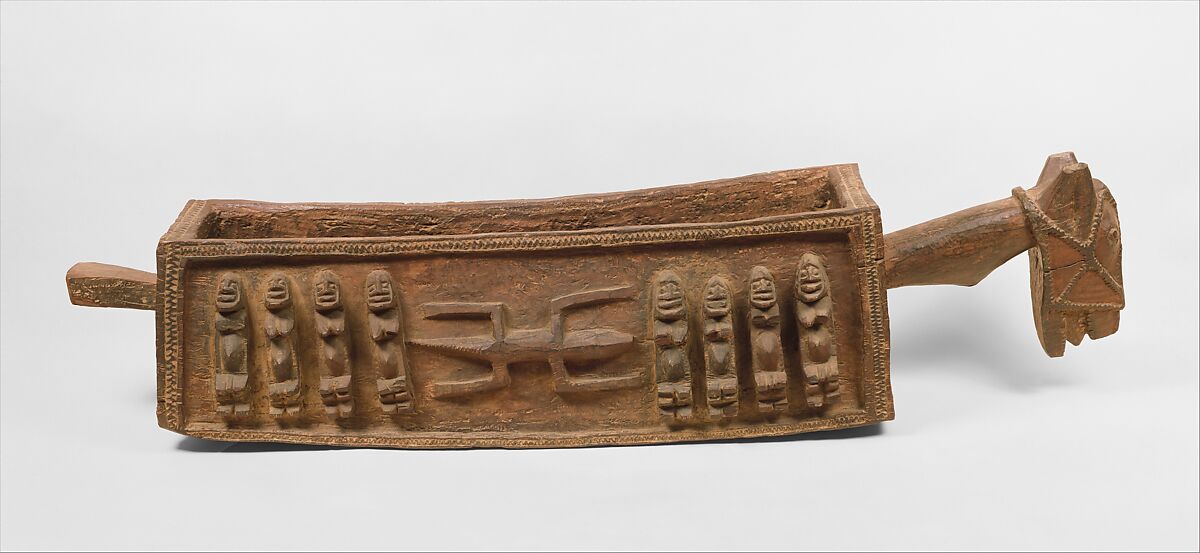As the solstice turning point passes, the time in which the southern hemisphere faces the sun grows gradually each day until the summer solstice in December.
When is the 2024 winter solstice?
The tilt of the earth’s axis will mean the southern hemisphere will be angled furthest away from the sun at:
- 6:50 am AEST (Queensland, NSW, ACT, Victoria and Tasmania).
- 6:20 am ACST (South Australia, Northern Territory, Broken Hill).
- 4:50 am AWST (Western Australia)
How short is the shortest day of the year?

Hobart will experience the shortest day out of any city in Australia. Source: SBS Source: SBS News / Source: www.timeanddate.com
The length of the shortest day will vary across Australia. Darwin will have the most sunlight with 11 hours, 23 minutes and 45 seconds, while Hobart will have the least, with 9 hours and 50 seconds.
Significance of the solstice
One well-known site used for astronomical observance was Stonehenge. The ancient stone arrangement in England has a structural design understood by historians to line up with the observation of astronomical events including the summer and winter solstice.

A modern druid named Merlin stands as the sun rises at the prehistoric monument Stonehenge in England. Source: AAP Source: AAP
Lesser known, but even older than Stonehenge is Wurdi Youang, a stone formation west of Melbourne that is believed to be the oldest known astronomical observatory in the world.
For many, the winter solstice represents new beginnings and is marked by rest and feasting with loved ones.
The winter solstice around the world
Here are just a few ways people worldwide spend the longest night of the year:
Japan
However, it was also a day marked as the beginning of the sun regaining strength as days grew progressively longer and warmer.

Men take a bath steeped with yuzu citrus fruit at a public bath in Yodogawa Ward, Osaka Prefecture, Japan. Japanese tradition says that you won’t catch a cold for one year if you take a yuzu bath on solstice day. Source: AP / Kenichi Unaki
Iran
The ancient Persian winter solstice festival of Shabe Yalda is observed in Iran, Tajikistan, Afghanistan, Azerbaijan, Armenia, Turkmenistan, Uzbekistan, and anywhere Iranians live.

A vendor selling watermelons waits for customers at a market in Tehran where fruit and especially pomegranate vendors hope for good business when Iranians celebrate the Yalda feast. Source: AAP / Abedin Taherkenareh
Shabe Yalda is one of the oldest Persian festivals and marks new beginnings and the victory of light over darkness.
It is celebrated with a feast featuring symbolic foods like pomegranates and watermelon. As with many other cultural celebrations of the winter solstice, Shabe Yalda has particular significance for rural communities depending on agriculture and new harvests.
Peru and Ecuador
Peruvians and Ecuadorians also celebrate their winter solstice in June. Dating back to before the Spanish conquest, the Incas celebrated the Inti Raymi, which translates from Quechua to ‘sun festival’.

An artist representing the sovereign of the Inca Empire participates in the celebration of Inti Raymi or Fiesta del Sol (Party of Sun), in the archaeological complex of Sacsayhuaman, in Cusco, Peru. Source: AAP / EPA/Stringer
Revived in the 20th century after the Spanish earlier banned it, Inti Raymi is now marked with a reenactment of the festivities and includes ceremonies with performances, ceremonial rituals and mock sacrifices.
Mali
In Mali, the Indigenous Dogon people celebrated the winter solstice with a “goru” ceremony. The Dogon community would use a ritual vessel to hold the offerings dedicated to Amma the Creator and the ancestors.

An example of a vessel used during the goru ritual. Credit: Public Domain
The ceremony represents the coming of the important millet harvest and abundance to support the family throughout the year.
